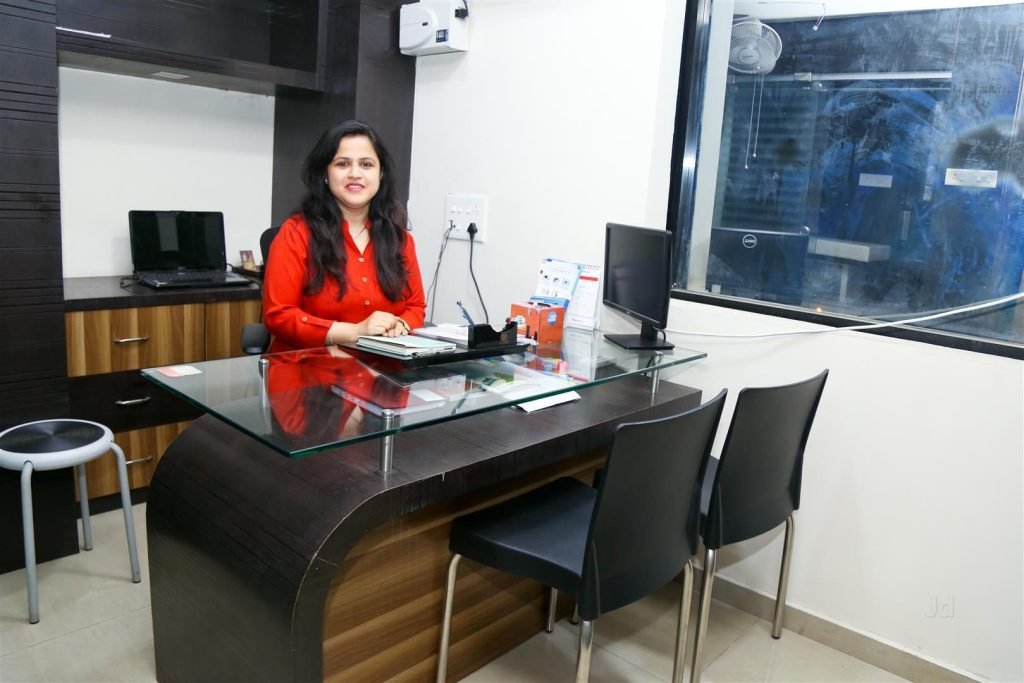Meet Our Doctor


Dr. Neha Rajesh Rathi
Consultant Dermatologist & Cosmetologist
Wart Removal

What is Wart

How do Dermatologists Treat Warts?

Dermatologists have several treatment options for warts, which are caused by the human papillomavirus (HPV). The choice of treatment depends on the type, size, location, and number of warts, as well as the patient’s preferences and medical history. Here are some common treatments dermatologists may use:
Topical Medications: Dermatologists often prescribe over-the-counter or prescription-strength topical medications that contain salicylic acid. These medications help dissolve the wart gradually over time. They are typically applied at home and may require regular use for several weeks or months.
Cryotherapy: This involves freezing the wart using liquid nitrogen. The freezing process destroys the wart tissue, causing it to eventually fall off. Cryotherapy is generally done in the dermatologist’s office and may require multiple treatment sessions.
Laser Treatment: Laser therapy uses an intense beam of light to burn and destroy the wart tissue. It is often used for larger or stubborn warts that haven’t responded to other treatments. Multiple sessions may be needed, and local anesthesia may be used to numb the area.
Immunotherapy: This treatment option stimulates the body’s immune system to fight against the wart virus. Dermatologists may use various immunotherapy techniques, such as injecting antigens into the wart or applying creams or ointments that stimulate an immune response.
Surgical Excision: For larger or resistant warts, surgical removal may be necessary. The dermatologist will surgically cut out the wart and close the wound with stitches.
Symptoms of Warts

- Small, raised bumps on the skin or mucous membranes.
- Rough, grainy texture on the surface of the skin.
- Flesh-colored, white, pink, or tan appearance.
- Tiny black dots on the surface, which are actually clotted blood vessels.
- Pain or tenderness if the wart is located on a weight-bearing area or if it’s irritated.
How can I prevent warts?

- Avoid direct contact with warts: Warts are highly contagious, so it’s important to avoid touching warts on others or on yourself to prevent spreading the virus to other areas of your body.
- Keep warts dry: Moisture can promote the spread of warts, so it’s recommended to keep them dry. Avoid excessive sweating or wearing damp clothing for extended periods.
- Practice good hygiene: Wash your hands regularly with soap and water, especially after touching warts or potentially contaminated surfaces.
- Protect against cuts and scrapes: Warts are more likely to spread if the skin is damaged. Use appropriate protection, such as gloves or bandages, when participating in activities that may lead to cuts or scrapes.
- Avoid sharing personal items: Do not share towels, razors, or other personal items with individuals who have warts to reduce the risk of transmission.
Over-the-Counter (OTC) Treatments: OTC wart removal products, such as salicylic acid solutions, gels, or adhesive pads, can be an accessible and affordable option. These treatments work by gradually breaking down the wart tissue, allowing it to be sloughed off over time. Follow the instructions carefully and be patient, as it may take several weeks for visible results.
Cryotherapy: Cryotherapy involves freezing the wart with liquid nitrogen, causing the wart to blister and fall off. This treatment is often performed by healthcare professionals, but over-the-counter cryotherapy kits are also available. It’s important to follow the instructions and be cautious while applying the treatment to avoid damaging the surrounding healthy skin.
Surgical Removal: For stubborn or larger warts, surgical removal may be necessary. This procedure involves cutting or excising the wart using surgical instruments. It is typically performed by a dermatologist under local anesthesia. Surgical removal is a quick and effective method, but it may leave a small scar.
Laser Treatment: Laser therapy is a popular option for wart removal, especially for difficult-to-treat warts. It works by targeting and destroying the blood vessels that supply the wart, causing it to wither and fall off. Laser treatment is precise, minimally invasive, and usually requires multiple sessions for optimal results.
Home Remedies: While there are numerous home remedies suggested for wart removal, it’s important to approach them with caution. Some commonly used remedies include duct tape application, apple cider vinegar, tea tree oil, and garlic. While these methods may work for some individuals, there is limited scientific evidence to support their efficacy, and they may not be suitable for everyone.
